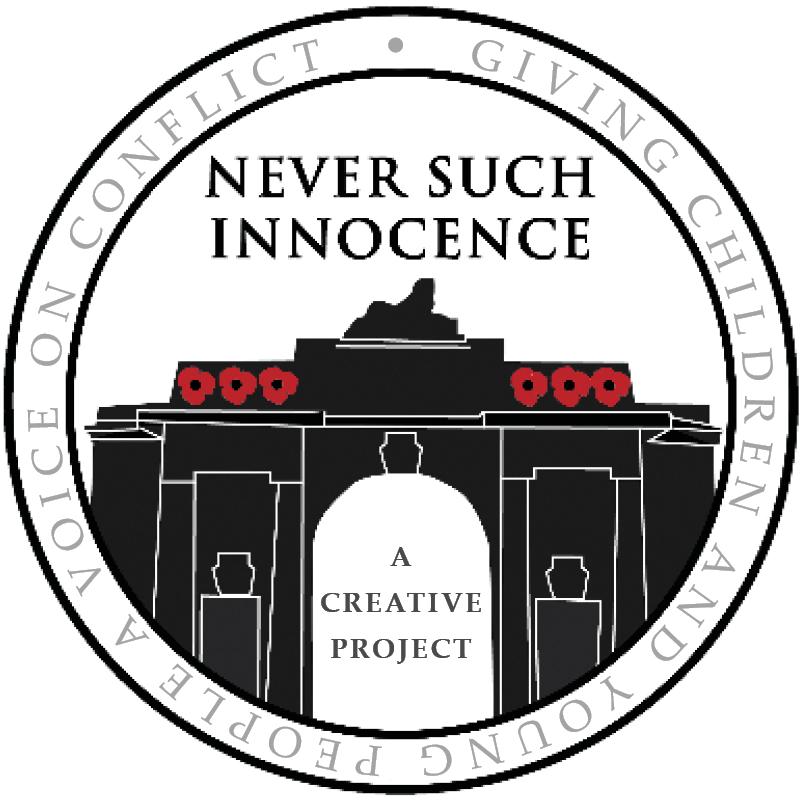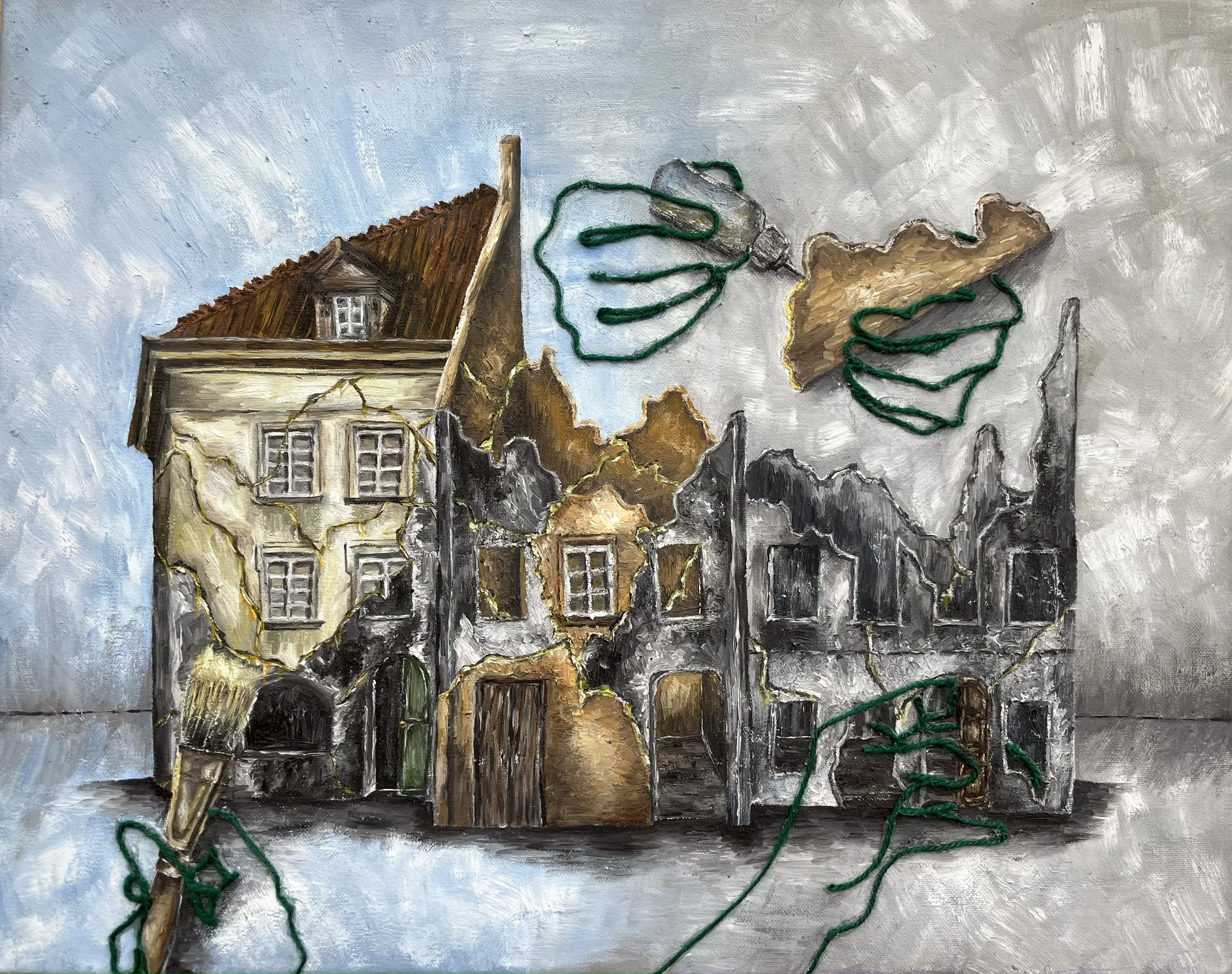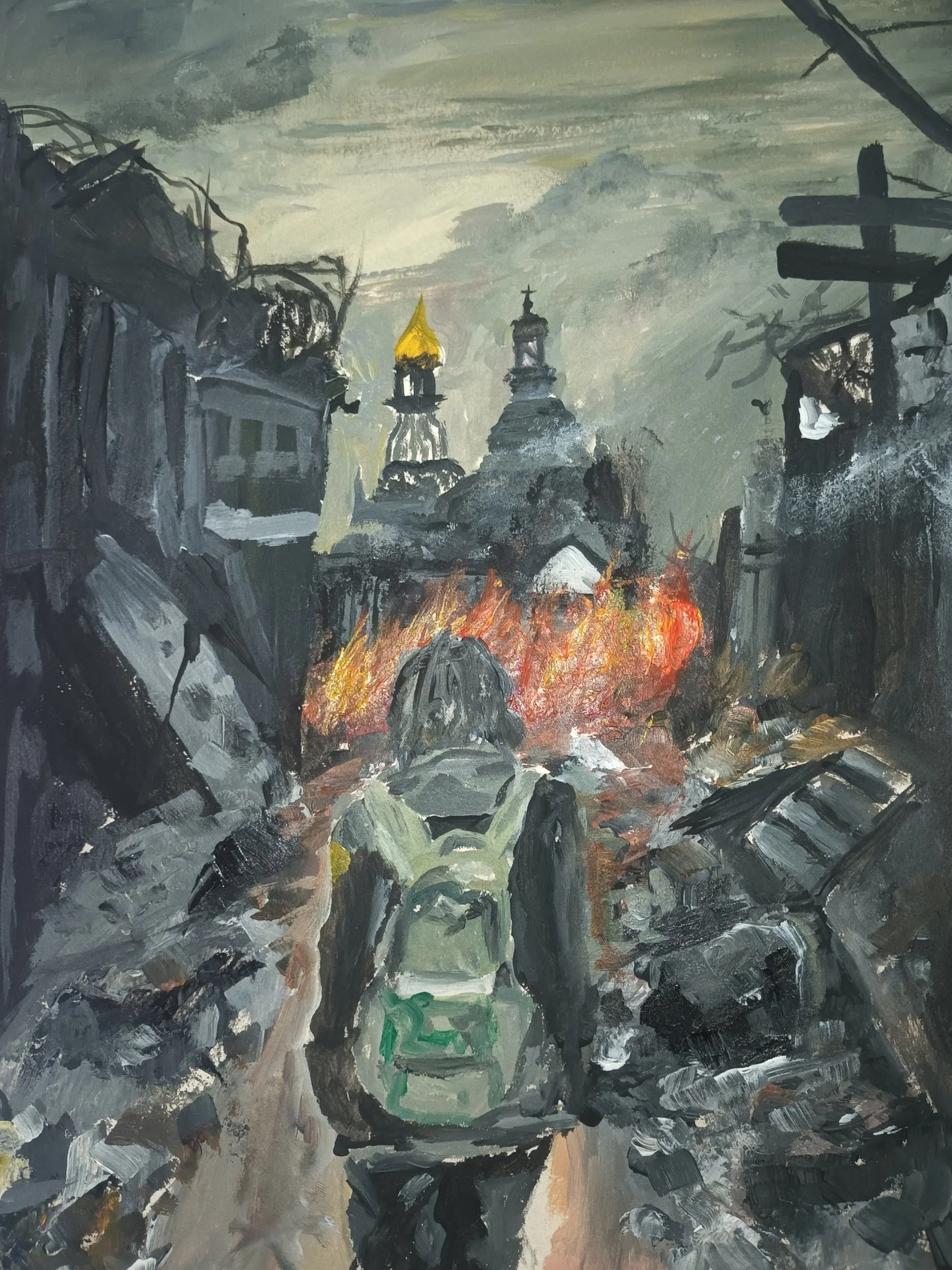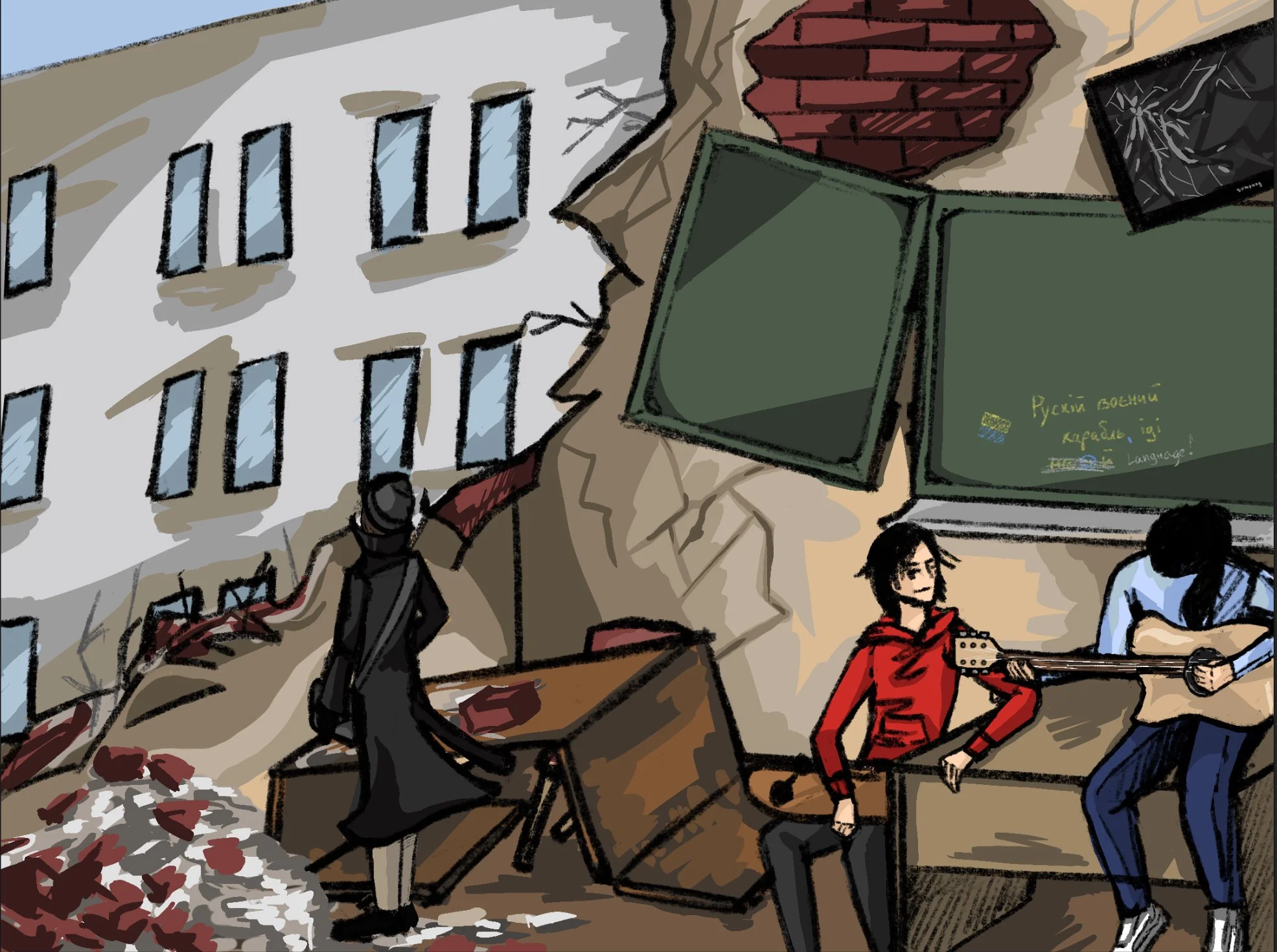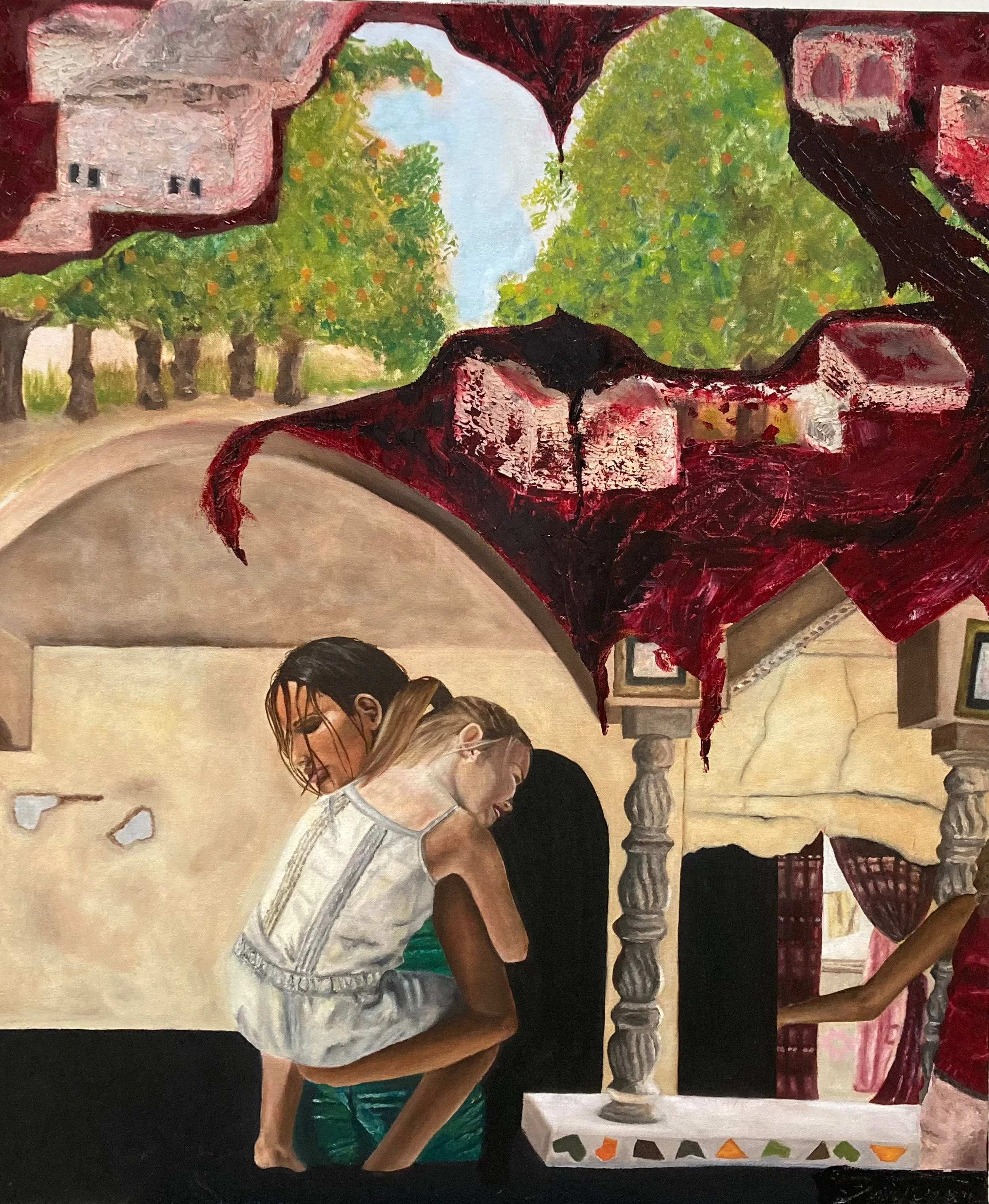Rebuilding
In the aftermath of war, the focus often falls on destruction, but equally important are the stories of rebuilding: of homes, communities, and lives. This project highlights how young people explore the theme of rebuilding through art, poetry, and storytelling. It captures the strength, hope, and determination that emerge from the shadows of conflict. Their creative work gives voice to the resilience and renewal that follow even the darkest of times.
Please be aware that the information below touches on topics related to war, conflict and its effects. It may therefore not be appropriate for all audiences.
